Jehanabad Tourism
Search related to Bihar Tourism

Jehanabad is a city in the Indian state of Bihar. It is located in the central part of the state, and is the administrative headquarters of Jehanabad district. The city has a rich history, diverse culture, and a growing economy.
History
Jehanabad's history can be traced back to the ancient period. The area was known as Magadha in ancient times, and it was a powerful kingdom that included modern-day Bihar, Jharkhand, and parts of West Bengal and Uttar Pradesh. Magadha was known for its military might, wealth, and cultural richness. It was ruled by many powerful dynasties, including the Haryanka, Mauryan, Gupta, and Pala dynasties.
During the medieval period, Jehanabad was ruled by various Muslim dynasties, including the Delhi Sultanate and the Mughal Empire. The area was also under the influence of various regional powers, such as the Nawabs of Bengal and the Marathas.
In the 18th and 19th centuries, Jehanabad came under British rule. The British established administrative and military centers in the area, and also introduced modern education and technology. After India gained independence from British rule in 1947, Jehanabad became a part of the newly-formed state of Bihar.
Geography
Jehanabad is located at 25.08°N 84.62°E, and has an average elevation of 68 meters (223 feet). The city is situated on the banks of the Son River, which is a tributary of the Ganges. Jehanabad has a humid subtropical climate, with hot summers and cool winters. The average annual temperature is around 25°C (77°F), and the average annual rainfall is around 1,100 millimeters (43 inches).
Demographics
According to the 2011 Census of India, Jehanabad has a population of 132,564. The city has a literacy rate of 64.38%, which is lower than the national average of 74%. The majority of the population is Hindu, followed by Muslims and other religious groups. Bhojpuri is the most widely spoken language in the city, followed by Hindi and Urdu.
Economy
Jehanabad's economy is primarily based on agriculture and small-scale industries. The fertile land around the Son River supports the cultivation of crops such as wheat, rice, maize, and sugarcane. The city is also home to a number of small-scale industries, such as brick-making, leather-processing, and weaving. In recent years, the government has been promoting tourism as a means of boosting the local economy.
Culture
Jehanabad has a rich cultural heritage, which is reflected in its music, dance, and art. The city is known for its Bhojpuri folk songs, which are sung on various occasions, such as weddings and festivals. The city is also home to a number of traditional dance forms, such as the Jhumar and the Chhau dance. The art of Madhubani painting, which originated in nearby Madhubani district, is also popular in Jehanabad.
Tourism
Jehanabad has a number of tourist attractions, which are popular among both domestic and international tourists. Some of the major tourist attractions in and around the city include
- Barabar Caves The Barabar Caves are a group of ancient rock-cut caves, which date back to the Mauryan period. They are known for their unique architecture and religious significance.
- State :
- Bihar
How to Reach Jehanabad
Complete List of Tehsils in Jehanabad District, Bihar
| S.No | Tehsil / Taluk Name | District Name | State Name |
|---|---|---|---|
| 1 | Belaganj | Jehanabad | Bihar |
| 2 | Ghoshi | Jehanabad | Bihar |
| 3 | Hulasganj | Jehanabad | Bihar |
| 4 | Jehanabad | Jehanabad | Bihar |
| 5 | Kako | Jehanabad | Bihar |
| 6 | Karpi | Jehanabad | Bihar |
| 7 | Konch | Jehanabad | Bihar |
| 8 | Kurtha | Jehanabad | Bihar |
| 9 | Makhdumpur | Jehanabad | Bihar |
| 10 | Ratnifaridpur | Jehanabad | Bihar |
| 11 | Sakurabad | Jehanabad | Bihar |
Discover Exciting Places to Visit in Agra, Uttar Pradesh - Your Ultimate Travel Guide
Are you ready to explore the wonders of Agra, Uttar Pradesh? From the majestic Taj Mahal to hidden gems waiting to be discovered, our travel guide unveils the most captivating
Explore Exciting Places to Visit in Mumbai, Maharashtra - Your Ultimate Travel Guide
Ready for an adventure? Mumbai, in the beautiful state of Maharashtra, is packed with amazing places waiting to be explored! From iconic landmarks to hidden gems, Mumbai has something for
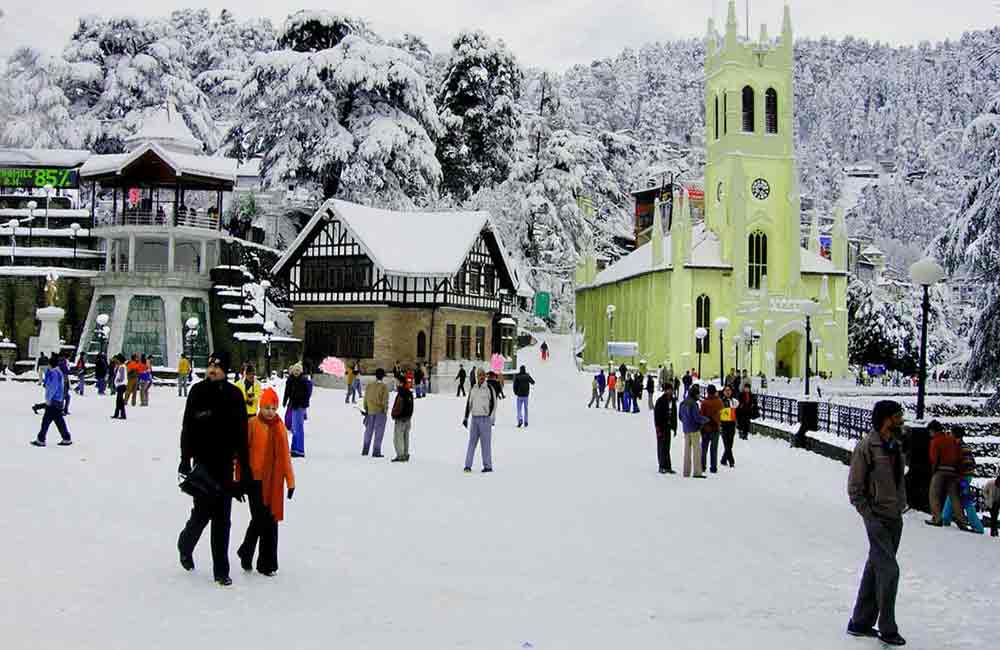
Explore the Wonderful Places to Visit in Manali, Himachal Pradesh - Your Ultimate Guide!
Ready for an exciting adventure? Discover the places to visit in Manali, Himachal Pradesh! From snowy mountains to lush valleys, there's something for everyone. Plan your trip now and explore
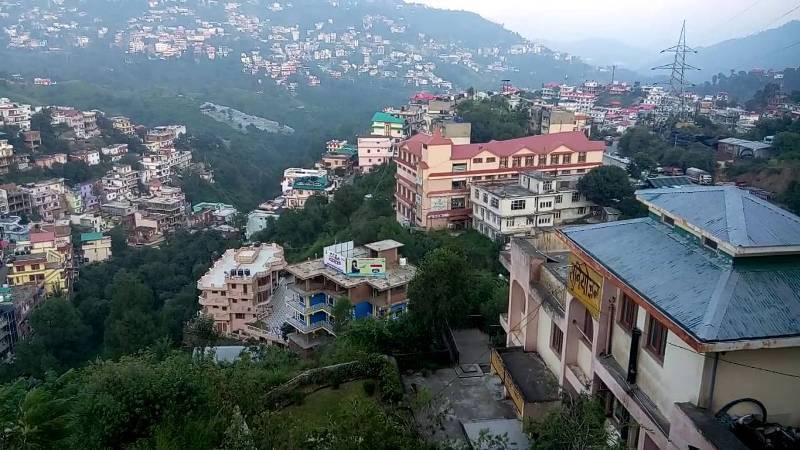
Places to Visit in Solan Himachal Pradesh - Explore the Best Tourist Spots
Discover the enchanting beauty of Solan Himachal Pradesh by exploring its myriad tourist spots. Whether you're seeking adventure or tranquility, Solan has something for everyone. From lush green valleys to
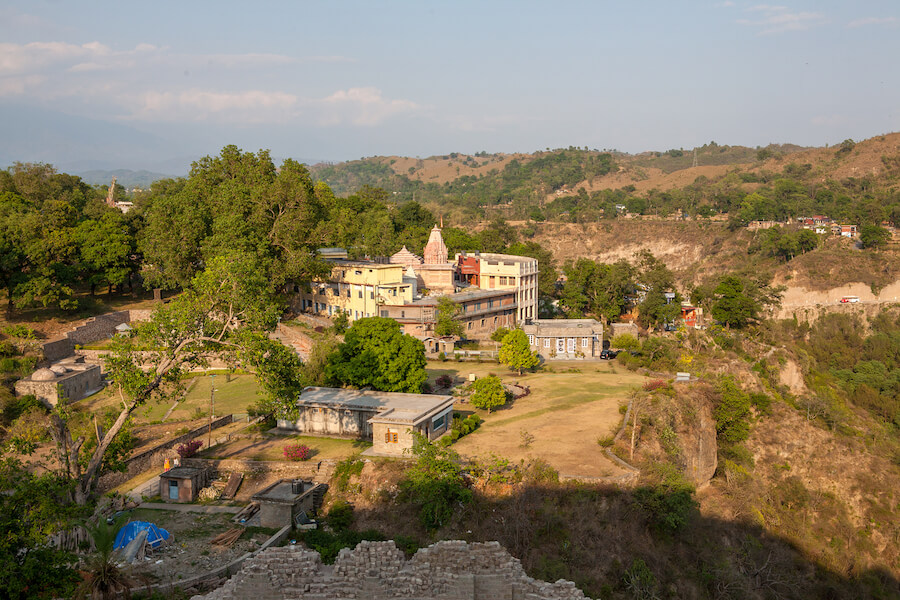
Discover the Best Places to Visit in Kangra, Himachal Pradesh: A Traveler's Guide
Ready for an exciting journey? Kangra, Himachal Pradesh welcomes you with open arms! Explore ancient temples, lush landscapes, and more in this enchanting valley. Let's uncover the best places to
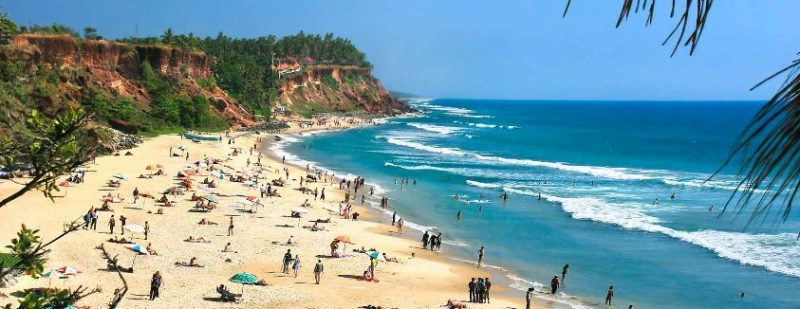
Explore Incredible Places to Visit in Varkala, Kerala: A Guide
Are you ready for an adventure? Varkala in Kerala is waiting for you! Discover the magic of this beautiful place with our guide to the best places to visit. From
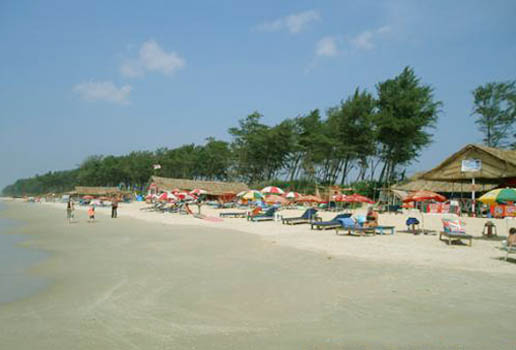
Explore Panaji, Goa: Discover the Best Places to Visit in the City
Ready for an adventure? Panaji, located in Goa, is packed with exciting places to visit. From ancient forts to picturesque beaches, there's never a dull moment in this lively city.
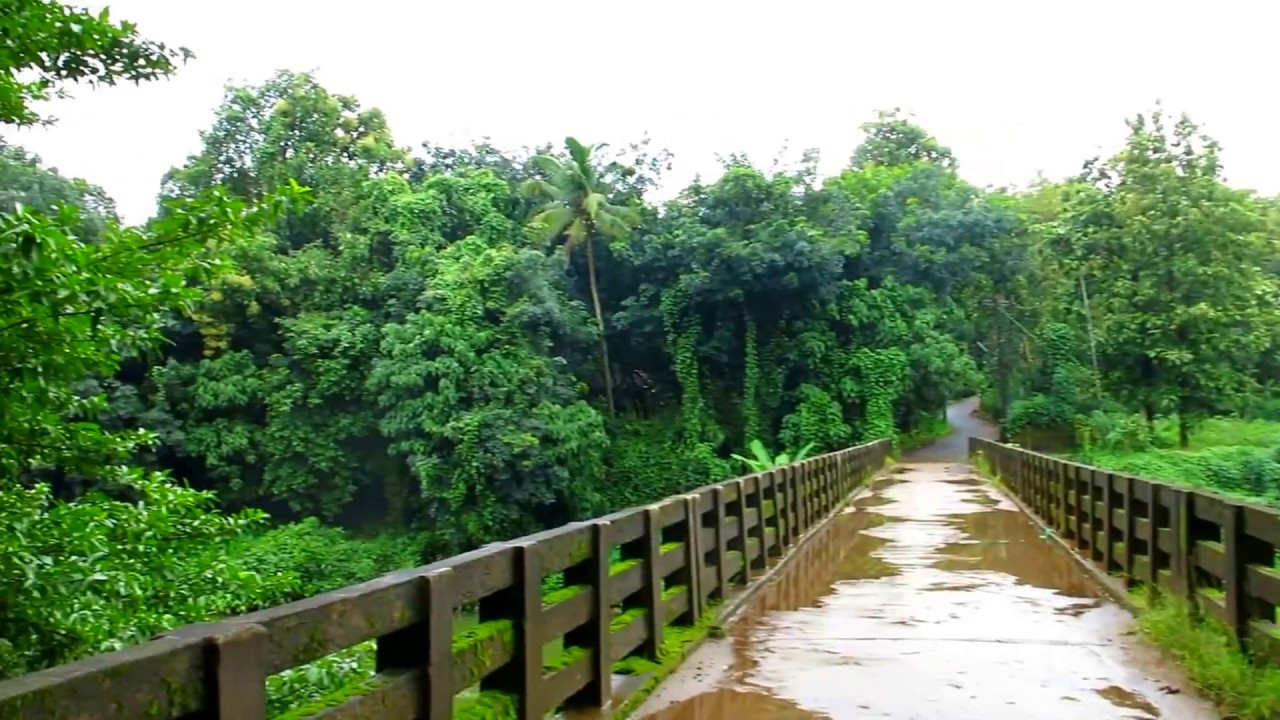
Explore the Best Places to Visit in Thrissur, Kerala – A Perfect Guide for Your Next Adventure!
Are you ready to explore Thrissur, Kerala? Get ready for an exciting journey through this vibrant city! Discover its rich history, stunning landmarks, and fascinating culture. With our guide to
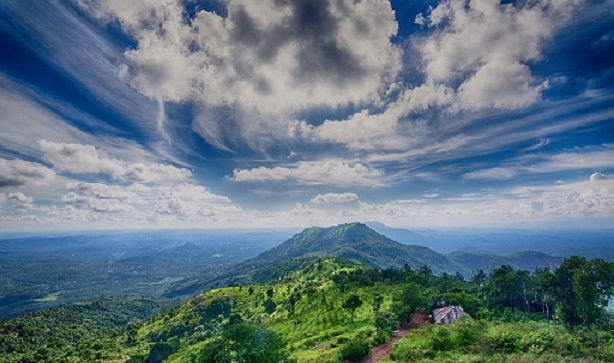
Explore the Best Places to Visit in Malappuram, Kerala - A Traveler's Guide
Dive into the beauty of Malappuram, Kerala with our ultimate travel guide! From picturesque beaches to fascinating historical sites, explore the best places to visit in Malappuram Kerala. Whether you're
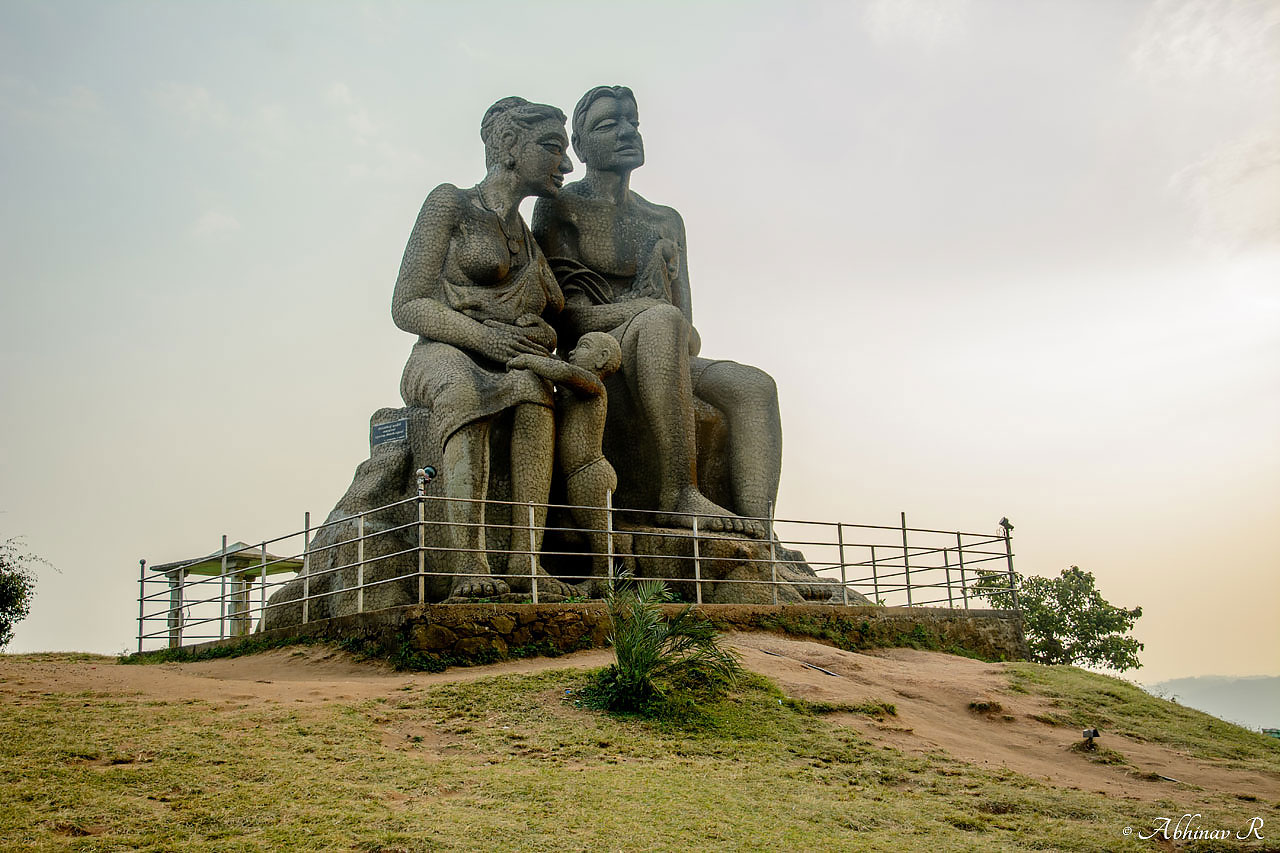
Explore the Best Places to Visit in Idukki, Kerala - A Traveler's Guide
Discover the mesmerizing beauty of Idukki, Kerala with our guide to the best places to visit. From breathtaking landscapes to serene lakes, explore the charm of this enchanting destination. Whether


